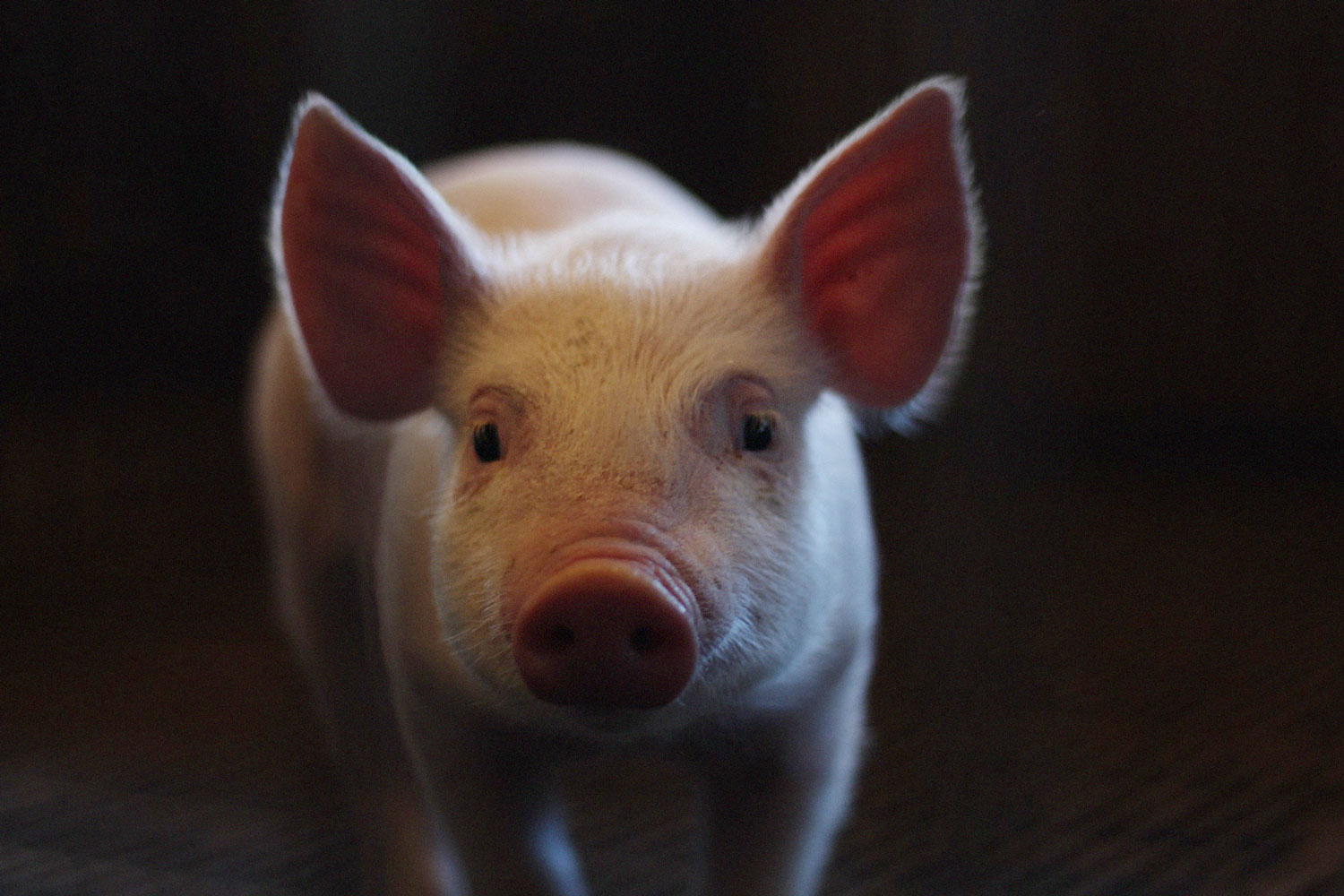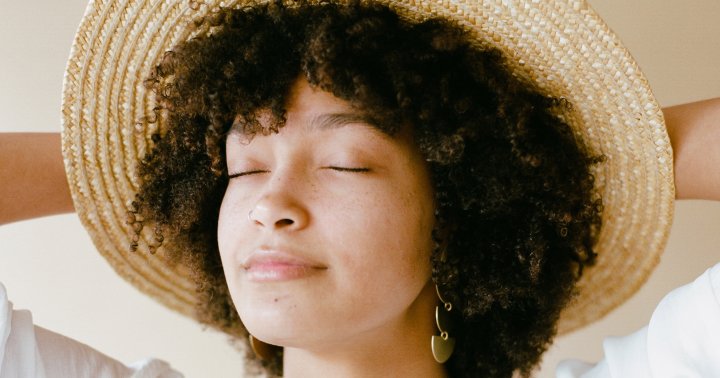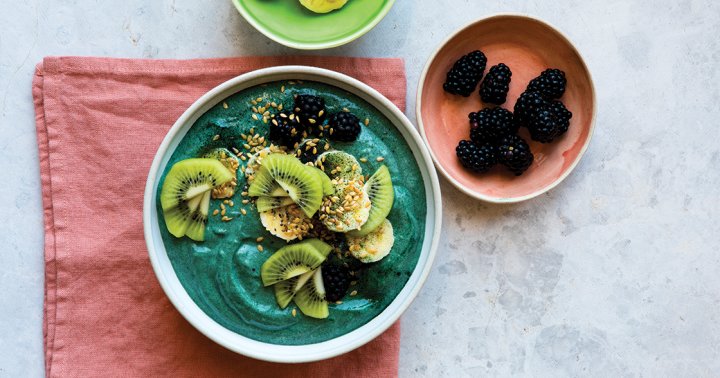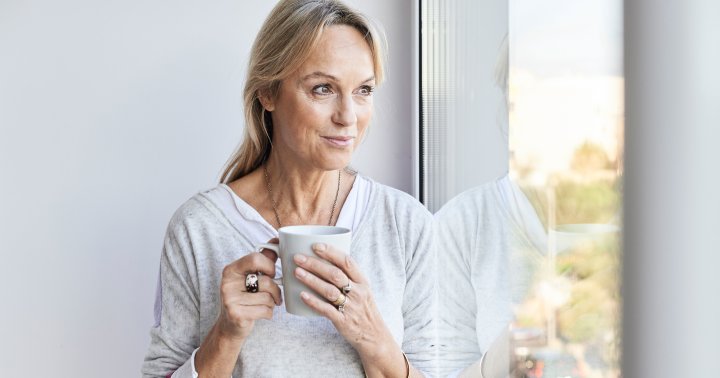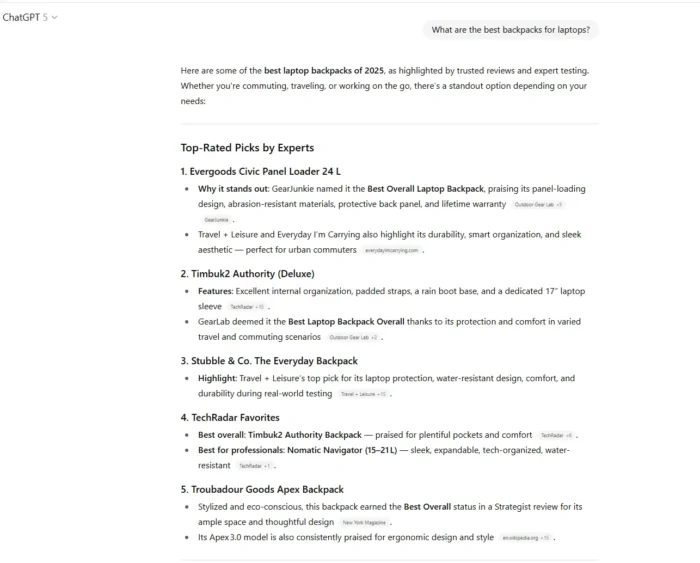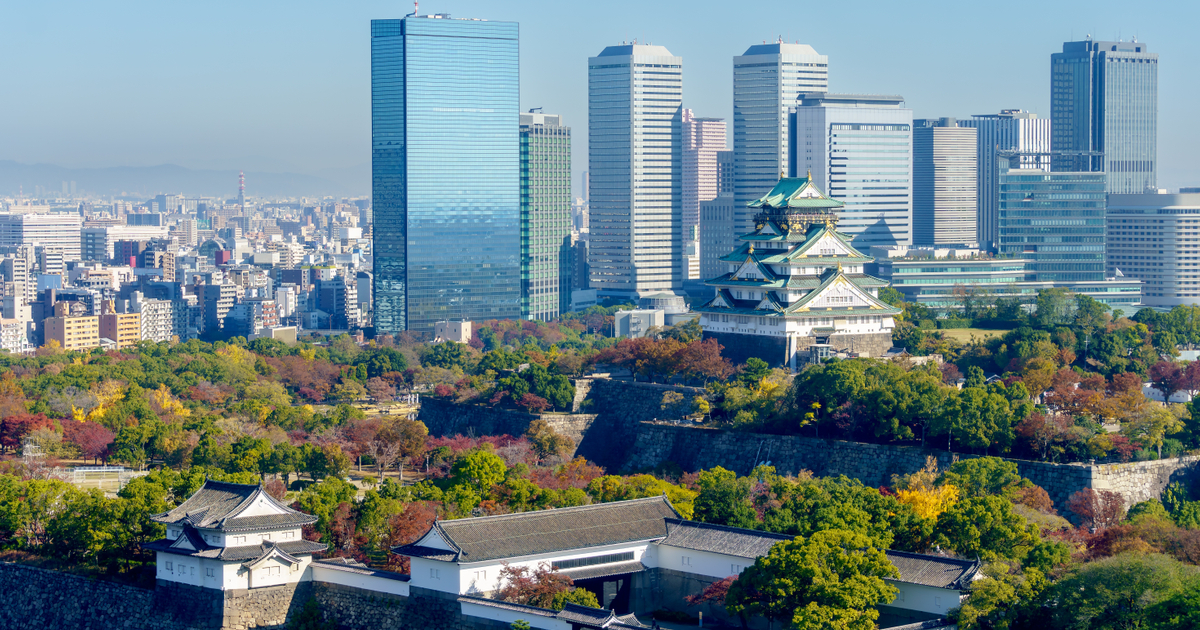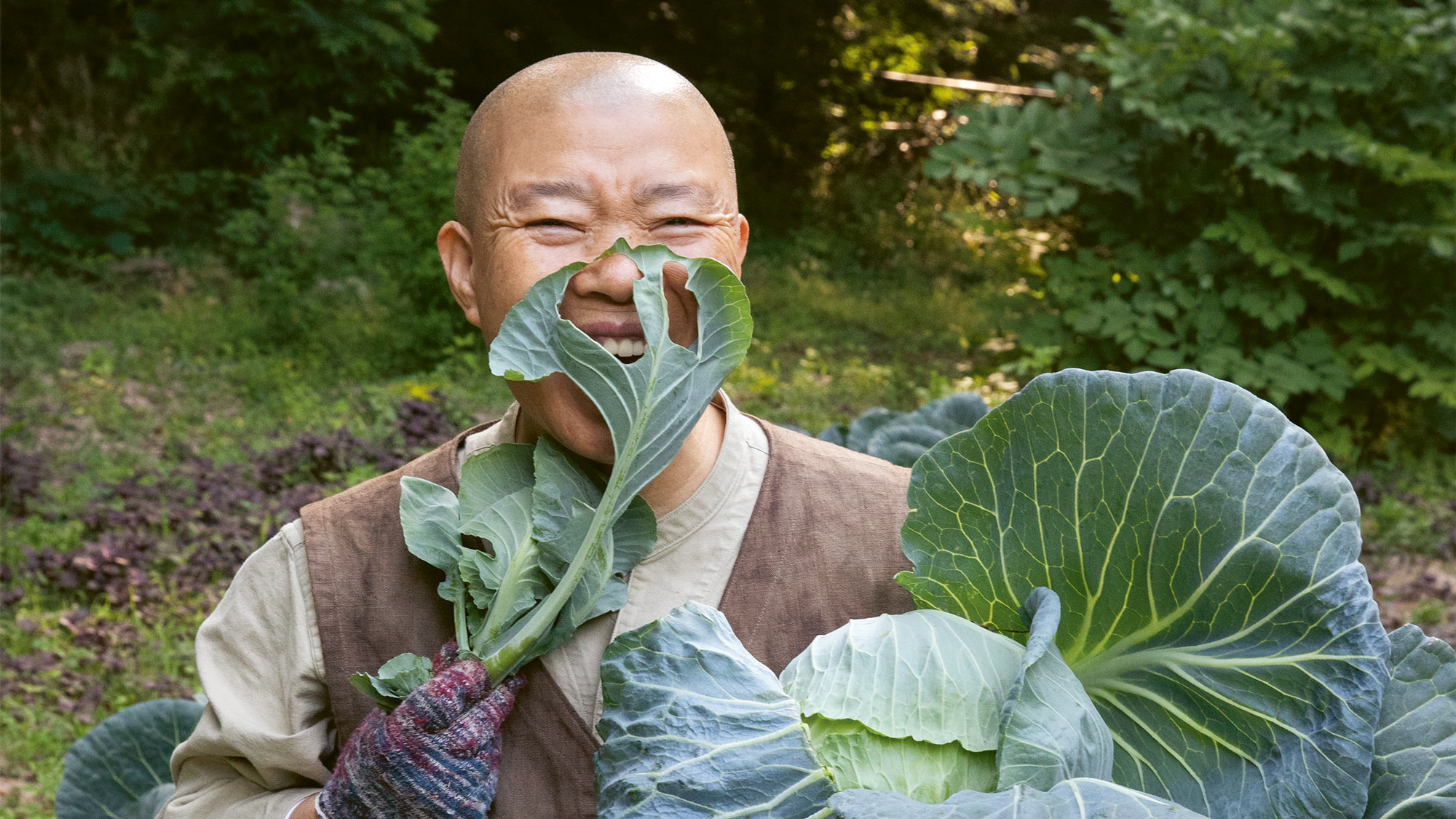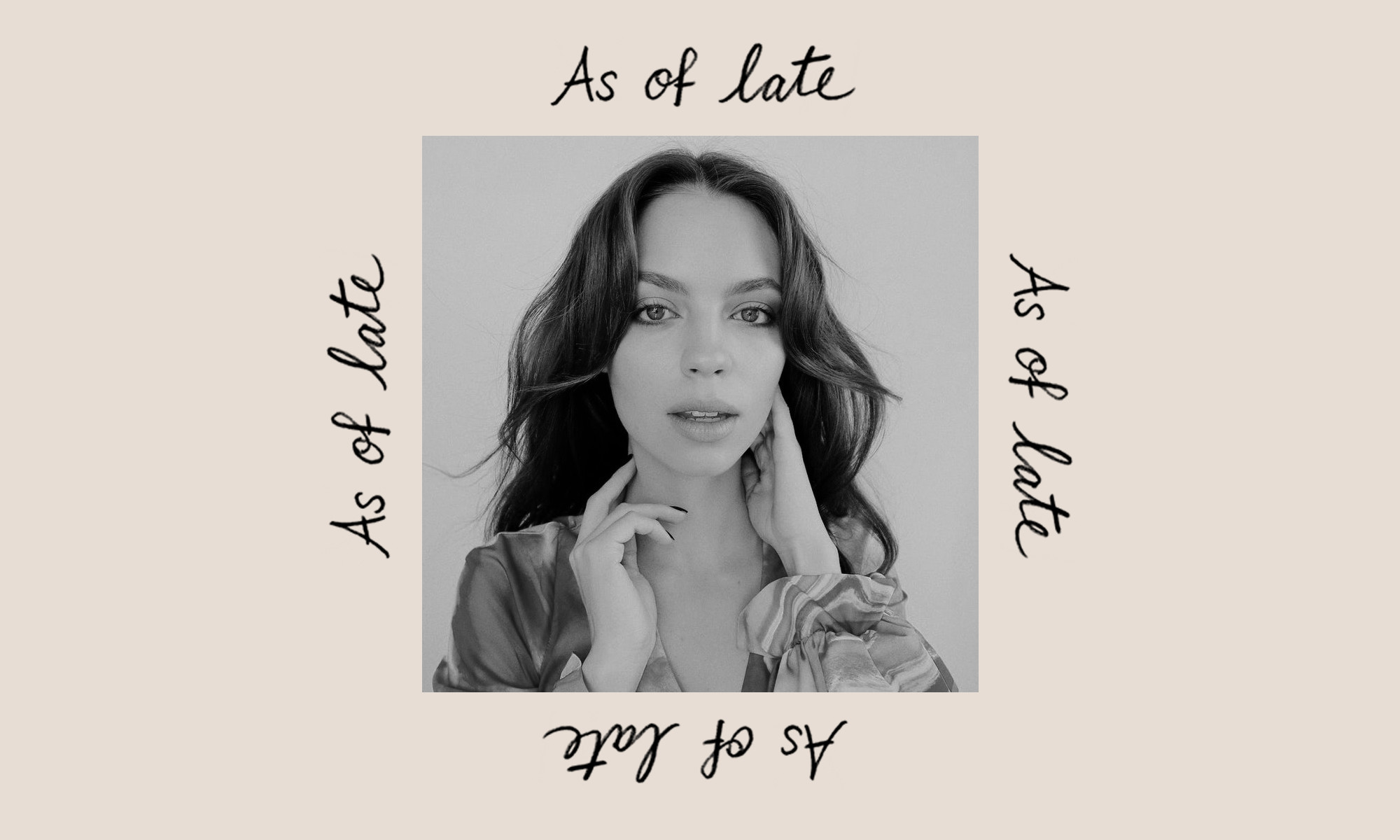The One Thing This Hair Care Expert Wants You To Stop Doing
Styled, smooth hair, without the damage.
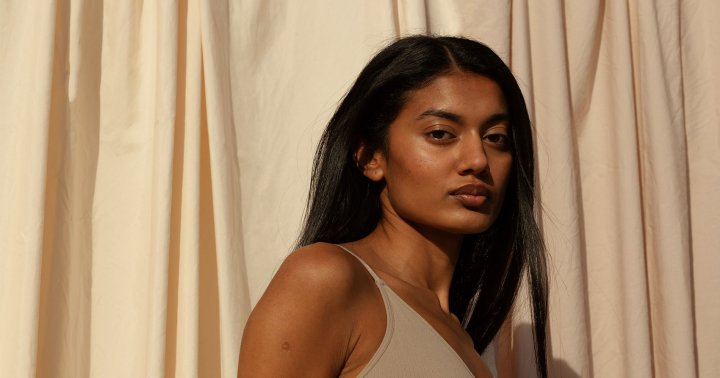
Heat styling and I have a complicated relationship. I hit my waves and curls with a diffuser when I need to speed up my dry time. And I'm no stranger to a bouncy blowout. And every once in a while, I'll take a flatiron to my strands to achieve a sleek style. But I'm also very aware of the potentially damaging effects of high heat, especially for my hair type. But I'm also very aware of the many steps people can take to support their hair fiber while styling: A good heat protectant can do wonders, as can being strategic about your styling methods (more on that in a second), and of course, the tools themselves make a huge difference.
On the tool front, I actually spoke with a hair engineer at Dyson, a company that's made a name for themselves as the gold standard of hot tools. "Hair styling is such a personal experience—we've talked with users around the world and they express the confidence they get from styling their hair," says Sandra Lup, the engineering manager of hair care at Dyson. "Some say they don't even step outside the house without styling." In this episode of Clean Beauty School, I chat with Lup about global hair trends, why old-school hot tools were so damaging, and how to help your strands while you style.
The sneaky habit that's damaging your hair.
When you plan to style your hair, does this scene sound familiar? You grab your tool of choice, plug it in, and immediately crank it up to the highest setting. If so, here's a friendly nudge to please stop doing that.
"People were quite aware that certain tools and habits can damage your hair. What we were finding is that sometimes they were willing to compromise just for getting that right style," she says. But Lup (and myself!) encourage you to rethink how hot the tool actually needs to be to achieve the desired effect. It may surprise you how low of temperature you can get away with and still get your perfectly coiffed strands. (And as someone who has used it, especially with the new Dyson Corrale.)
"Always try to start with the lowest temperature; see how happy you are with the result. You may find that for some hair types, you'll want to go to the mid-temperature or even, yes, the highest temperature. But again, that's all depending on your hair type and your hair density," she says. "But experiment with lower temperatures first. You have to let the technology work for you."
Another instance you might want to turn down the heat? Touch-ups, Lup says. Let's say your hair is styled and you're stretching it out for a few days—for a refresh, you likely don't need to use as high of a setting as you did on the first pass. And even this simple change reduces the amount of heat you're using on your strands.
If you take away anything from this episode let it be this: Heat styling doesn't have to be harsh on the fibers. If you simply make more mindful choices with how you do it, you can better protect your strands. And that starts with turning down that temperature.
For more heat styling tips, trend talk, and more about Dyson's high-tech tools, tune in.

 AbJimroe
AbJimroe 







